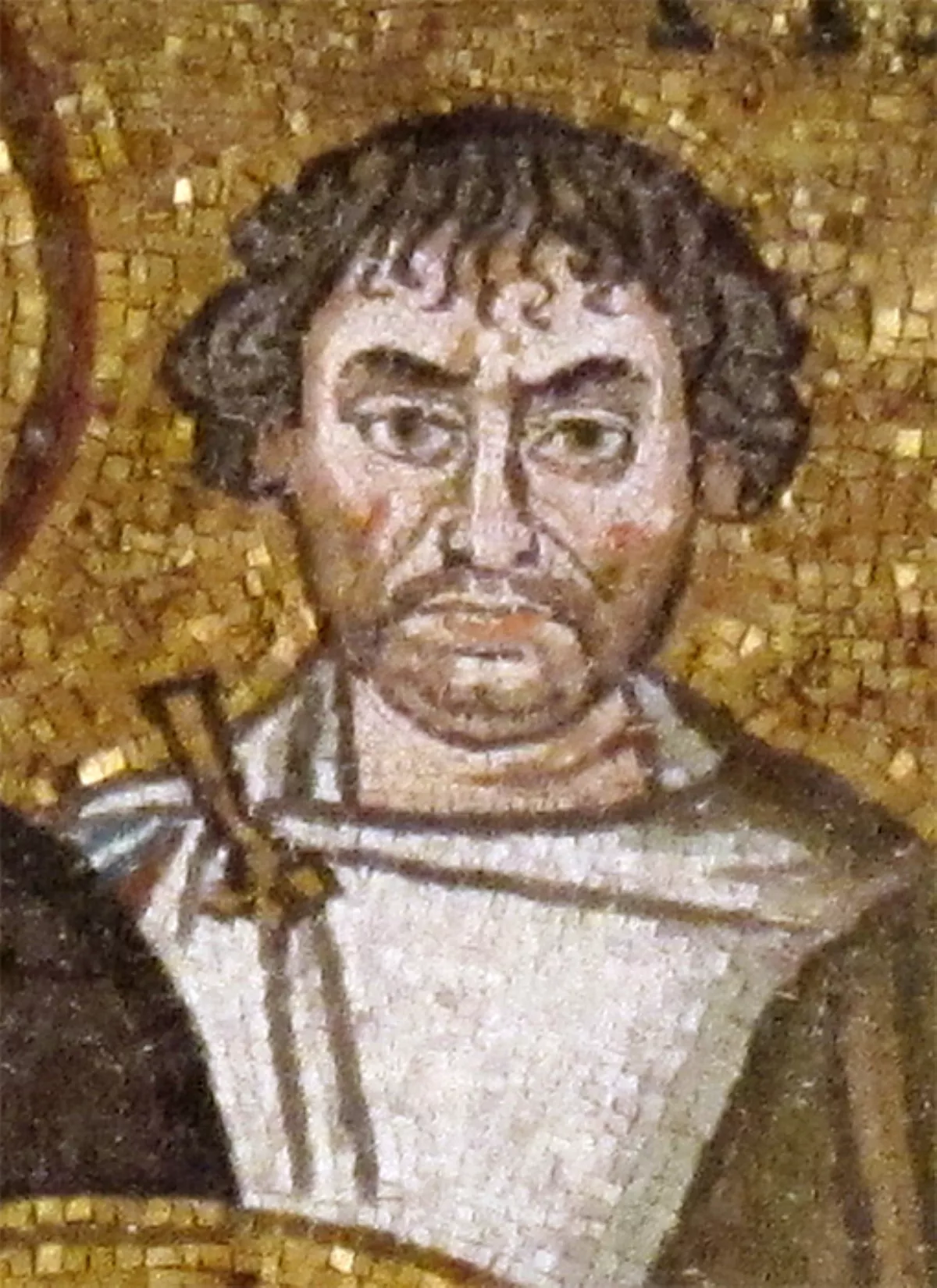 1.
1. Alongside the famed Belisarius, Narses was instrumental in the reconquest of Italy during the Gothic War, which sought to restore the western provinces of the Roman Empire.

 1.
1. Alongside the famed Belisarius, Narses was instrumental in the reconquest of Italy during the Gothic War, which sought to restore the western provinces of the Roman Empire.
Narses first gained significant recognition by suppressing the Nika riots in 532, using his diplomatic skills and wealth to help quell the revolt.
Narses was born in Persarmenia, the eastern region of Armenia ceded to the Sasanian Empire under the Peace of Acilisene around AD 387.
Narses was of Armenian heritage, part of a substantial Armenian population that played a prominent role within the Byzantine Empire.
The exact year of Narses' birth is uncertain, with dates typically cited as 478,479, or 480.
Narses was not versed in literature nor practiced in oratory, [but] made up for it by the fertility of his wits.
Narses was reported to be a very pious man with a special devotion to the Virgin Mary.
Narses was reported to be generous to the poor and zealous when it came to restoring churches.
How or when Narses arrived in Constantinople, or exactly how he found a footing in the officium of the Grand Chamberlain, remains unknown.
When Procopius first mentions Narses, he was serving as Emperor Justinian I's steward in 530.
Narses was a high treasurer who dealt with the emperor's finances and payments from the imperial treasury, probably holding the post of sacellarius.
Narses played a crucial role in suppressing the Nika riots of 532, the largest uprising in the history of Byzantium and Constantinople.
Narses was entrusted with a large sum of gold and instructed to infiltrate the Blue faction's camp.
Narses convinced many influential senators and Blue leaders that supporting Hypatius, who had been declared emperor by the rebels, was not in their best interest.
The crushing of the Nika revolt marked a turning point, solidifying the inner circle of Justinian and Theodora, with Narses becoming a key figure.
In gratitude for his loyalty and service, Justinian promoted him to the senatorial rank of vir illustris, and in 538, Narses was appointed praepositus sacri cubiculi, effectively serving as the emperor's chief chamberlain and close advisor.
Narses met with Belisarius at Firmum where a council of war was held.
Narses commented that he had already been punished for his "insolence" and that if the Goths took Rimini then it could turn the tide of the war.
Belisarius and Narses led a column of troops through inland mountainous routes to descend upon Rimini from the northwest.
John owed his thanks to Narses for convincing Belisarius, and according to Procopius, commented on the relationship between the two men.
Narses was recalled to Constantinople, but not in disgrace, as he was allowed to retain some of his barbarian guardsmen.
In late 541 or early 542, Narses was sent by Justinian to investigate popular disturbances near the Golden Gate of Constantinople.
Narses received a report that a prophetess' foretelling of deadly floods had agitated the crowds.
Finally in 551, Narses was sent back to Italy, where he was to achieve his greatest victories.
Many historians believe that Narses was put in command because of his old age, so that he would never be able to rebel successfully against Justinian.
Narses seemed to be well liked by many of the soldiers of fortune, as he had treated them "especially well".
Procopius reported that Narses had built an army that in the requirement of men and arms was "worthy of the Roman Empire".
Procopius stated that Narses was "completely bewildered", but John was familiar with that part of Italy and advised him how to continue.
On his way to seek Totila's main army, Narses encountered a small Gothic garrison at the town of Rimini.
Narses sent word to Totila and gave him a chance to either surrender, or give the day in which the battle would take place.
Narses arrayed his troops in a "crescent shaped" formation with mostly infantry in the middle, flanked by archers.
Narses knew that Totila would take the advantage of attacking the "weak" centre, and therefore allowed Narses to completely destroy the Ostrogothic army.
Finally, Totila's cavalry was pressed backwards onto their own line of infantry, Narses then charged with his own cavalry, which had been held in reserve.
Narses attacked on one side with a large contingent of archers, while John assaulted another part of the walls.
The next major move that Narses undertook was to capture the treasury of Totila that was held in Cumae.
The reasons why the Goths attacked horseless is unknown, but the suddenness of the attack seemed to be the reason that Narses fought horseless as well.
Finally, the Goths sent some of their officers to Narses who said they would surrender if they were allowed to leave the country safely.
Narses, who received more advice from John, accepted those terms of surrender.
At the Battle of Casilinum, Narses put true heavy infantry in the centre, instead of dismounted cavalry.
At this point Narses had the cavalry wheel in from the flanks, but without directly engaging the Franks.
Narses sounded a general charge that blasted their ranks, and mowed them down.
Narses completed some restoration projects in Italy but was unable to return Rome to its former splendor, though he did repair many of the bridges into the city and rebuild the city's walls.
Legend has it that Narses was recalled to Constantinople for turning the Romans under his rule into virtual slaves, thereby upsetting the new Emperor Justin II and his wife, the Empress Sophia.
From Naples, Narses supposedly sent word to the Lombards inviting them to invade northern Italy.
John of Ephesus wrote that Narses was buried in the presence of the Emperor and Empress in a Bithynian monastery founded by him.